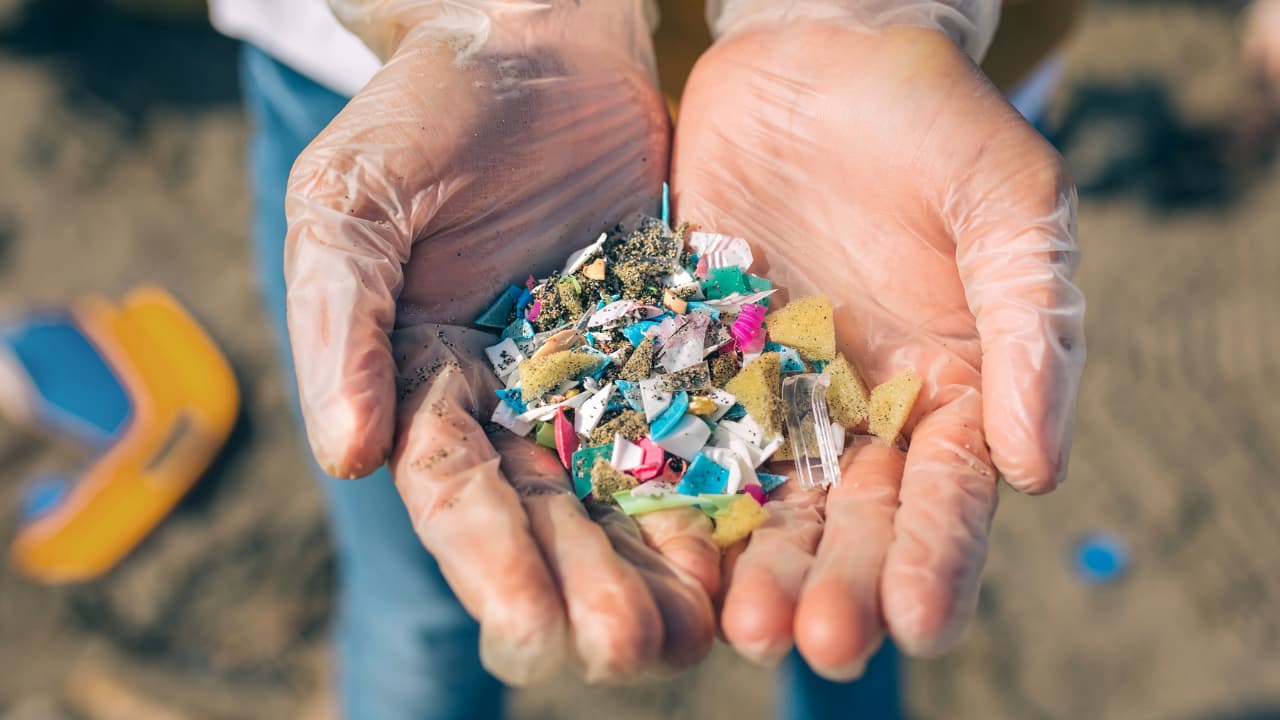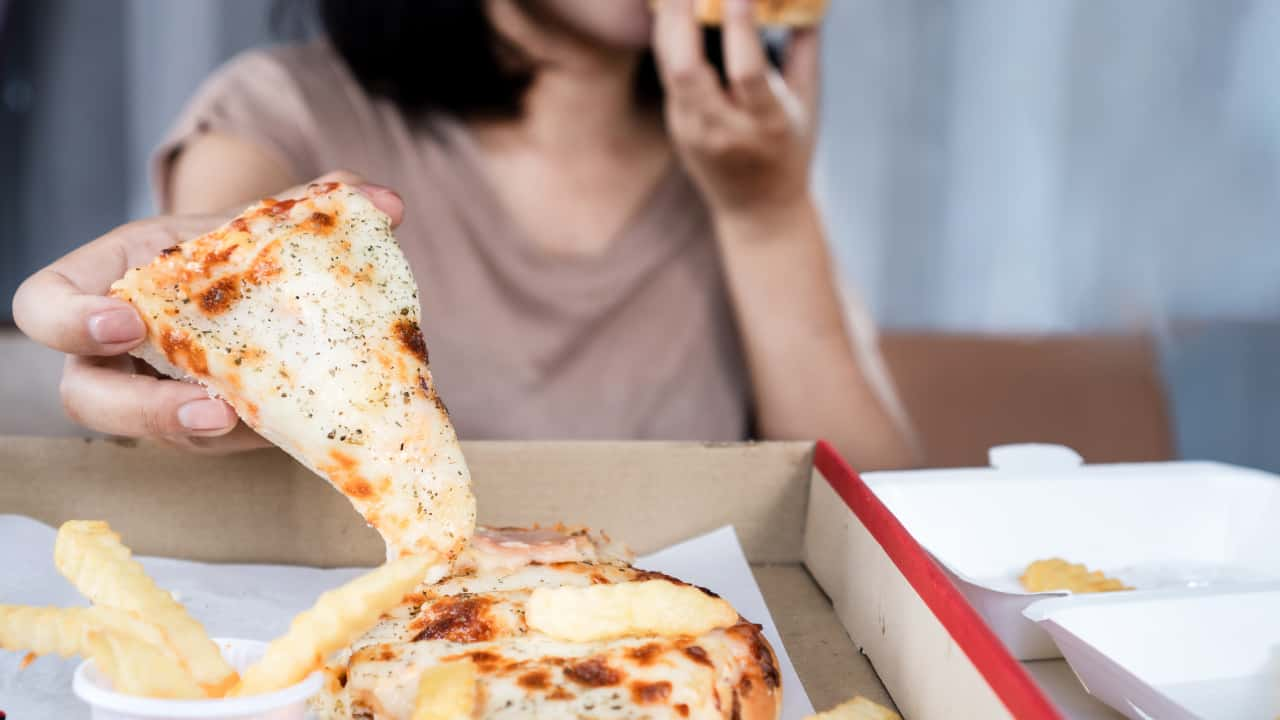Microplastics, tiny plastic particles less than 5mm in size, are everywhere—from our oceans to the very food we eat. While the environmental consequences of plastic pollution are well-known, a growing concern lies in their infiltration into the human food chain, including everyday items like fruits, vegetables, and water.
This blog explores how microplastics make their way into our diets, their potential health effects, and practical steps you can take to reduce exposure.
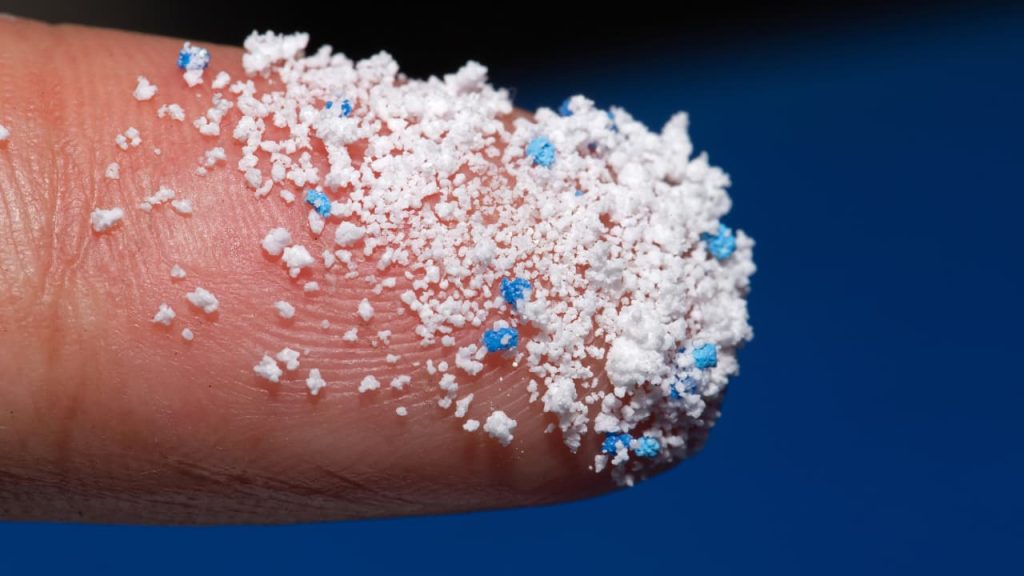
How Microplastics Contaminate Food
Microplastics originate from two primary sources:
- Primary Microplastics: Intentionally manufactured as microbeads in personal care products or industrial materials.
- Secondary Microplastics: Result from the breakdown of larger plastic waste through environmental factors like UV radiation, wind, and water erosion.
Here’s how they end up in common foods:
1. Fruits and Vegetables
- Absorption Through Soil: Microplastics in agricultural soils, often derived from treated wastewater or plastic mulch, are absorbed by crops like apples, carrots, lettuce, and potatoes.
- Irrigation and Fertilizers: Contaminated water and fertilizers made from sewage sludge contribute to microplastic infiltration.
- Surface Contamination: Microplastics in the air can settle on the surface of fruits and vegetables during growth and harvest.
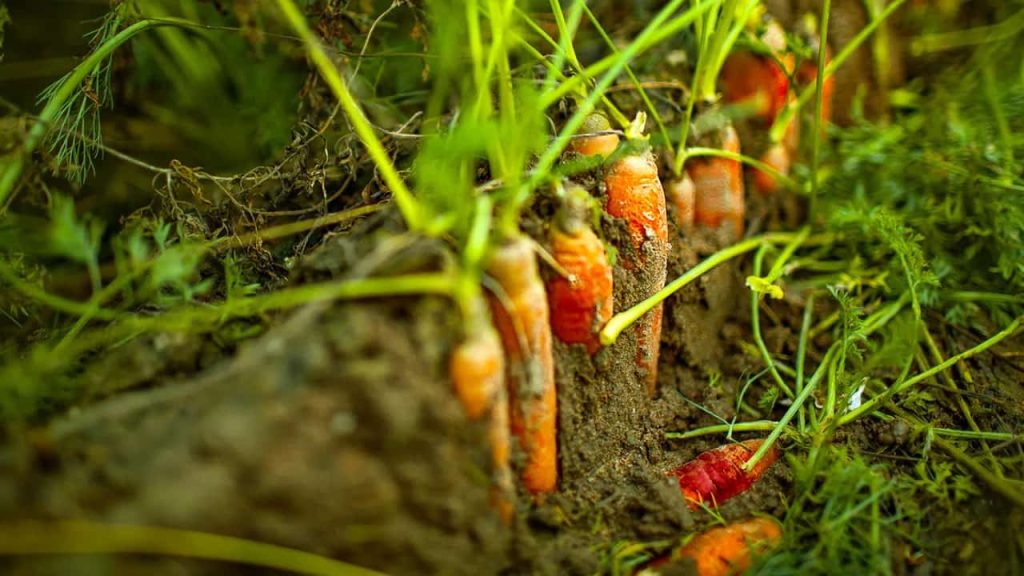
2. Water Sources
- Tap and Bottled Water: Both are significant sources of microplastics due to pollution in water reservoirs and contamination during bottling processes.
- Seafood: Fish and shellfish ingest microplastics, which then accumulate in their tissues, eventually making their way to our plates.

3. Salt and Packaged Foods
- Sea Salt: Derived from oceans, sea salt often contains microplastics.
- Plastic Packaging: Foods wrapped or stored in plastic can absorb tiny particles from their packaging.
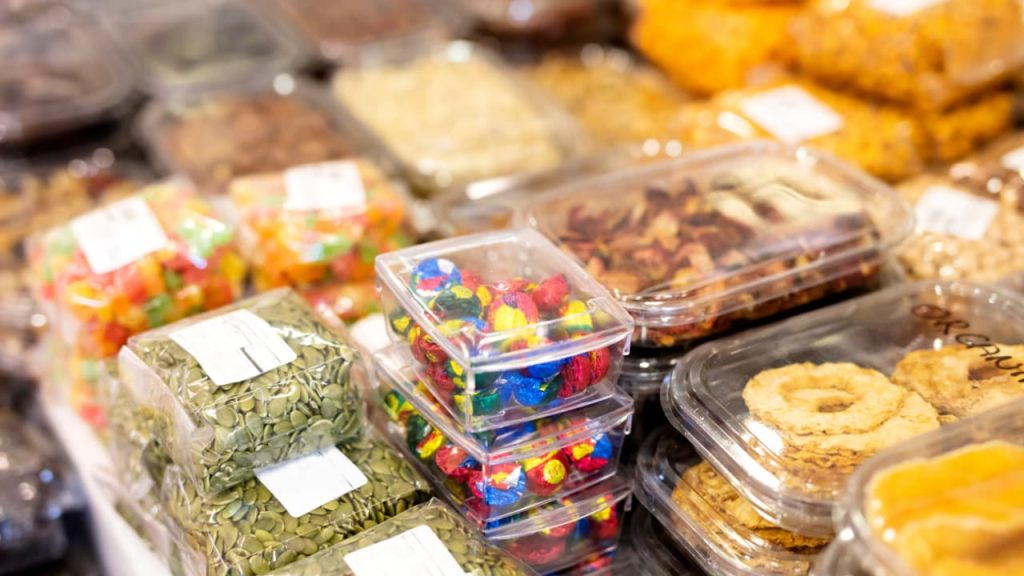
Impact of Microplastics on Health
While research is ongoing, here’s what we know so far:
- Tissue Inflammation: Microplastics can irritate the gut lining, potentially leading to inflammation.
- Hormonal Disruption: Certain plastics release chemicals like BPA and phthalates, which interfere with hormonal balance.
- Toxin Accumulation: Microplastics act as carriers for harmful substances like pesticides and heavy metals, compounding their health risks.
- Immune System Effects: Chronic exposure may strain the immune system, making it less effective at defending against illnesses.

Reducing Microplastics in Your Diet
While eliminating microplastics entirely is unrealistic, here are actionable steps to minimize exposure:
1. Choose Cleaner Fruits and Vegetables
- Opt for Organic Produce: Organic farming methods often use fewer plastic-based fertilizers and mulches.
- Peel Carefully: While peeling can reduce surface contamination, it may also strip nutrients. Wash produce thoroughly instead.
- Diversify Your Diet: Rotate crops in your diet to reduce prolonged exposure to microplastics from specific sources like carrots or apples.
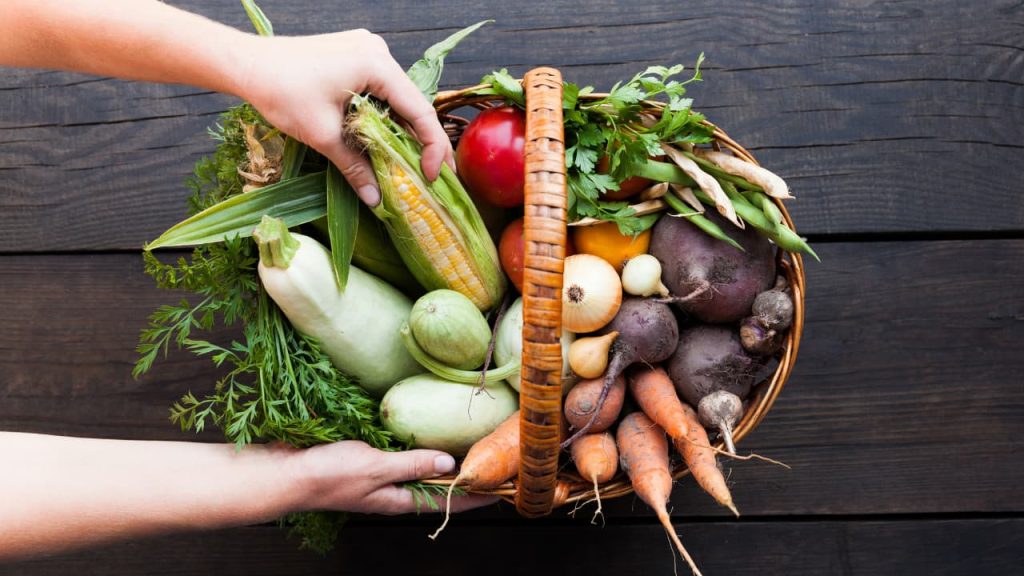
2. Filter Your Water
- Invest in Quality Filters: Use reverse osmosis or activated carbon filters to remove microplastics from tap water.
- Avoid Bottled Water: Bottled water often contains more microplastics than tap water due to plastic leaching. Opt for stainless steel or glass containers instead.
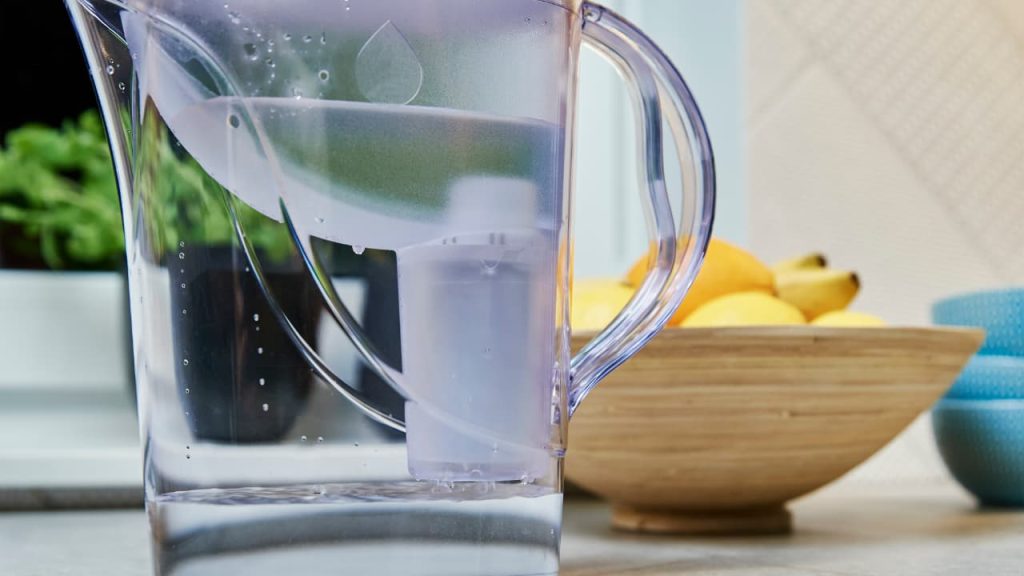
3. Limit Processed and Packaged Foods
- Fresh is Best: Processed foods are more likely to have been exposed to microplastics during manufacturing and packaging.
- Store in Glass or Ceramic: Avoid storing food in plastic containers, especially when heating.

4. Seafood Alternatives
- Choose Smaller Fish: Smaller species like sardines are less likely to have accumulated high levels of microplastics compared to larger fish like tuna. It should be noted however, that researchers examined the contamination of canned sardines and sprats with microplastics and mesoplastics (plastic fragments larger than one millimeter). Their study analyzed 20 brands of canned sardines and sprats sourced from 13 countries across four continents, revealing that approximately one in five contained plastic particles.
- Source Sustainably: Buy from trusted suppliers who prioritize eco-friendly fishing practices.
5. Address Soil and Air Exposure
- Grow Your Own Food: If possible, cultivate your fruits and vegetables using clean water and compost to avoid contaminated soils.
- Clean Air Measures: Cover crops during growth to reduce airborne plastic contamination.
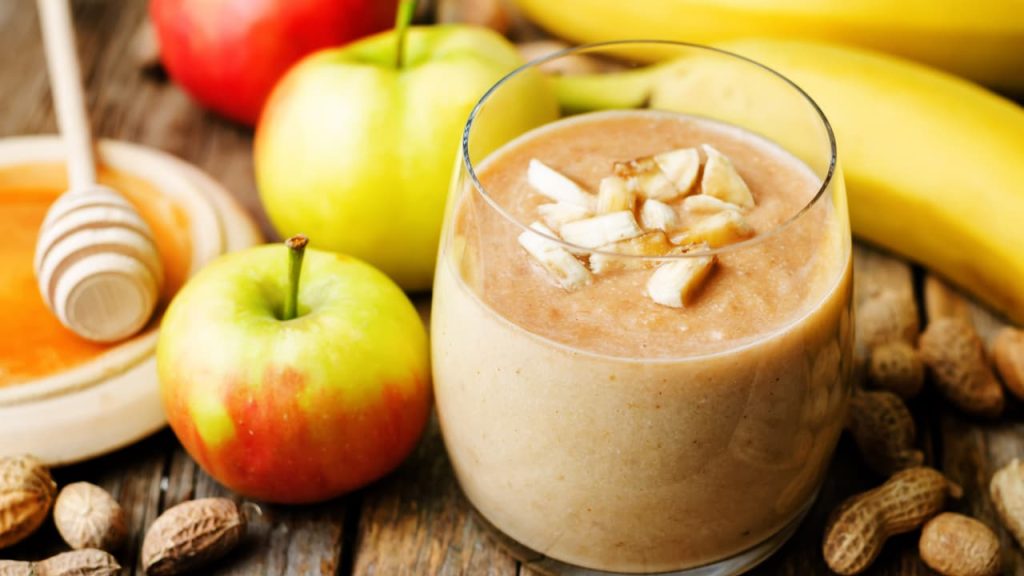
Practical Recipes to Minimize Microplastic Exposure
1. Microplastic-Free Apple-Carrot Smoothie
Ingredients:
- 1 organic apple (washed and peeled)
- 1 organic carrot (peeled and chopped)
- 1 cup filtered water or plant-based milk
- 1 tablespoon chia seeds
Instructions: Blend all ingredients until smooth. Serve chilled for a nutrient-packed detox.
2. Homemade Plastic-Free Salad
Ingredients:
- Organic lettuce, tomatoes, and cucumbers
- Fresh herbs like parsley and mint
- Olive oil and lemon juice dressing
Instructions: Wash vegetables thoroughly, chop, and toss with dressing for a refreshing, clean salad.
Moving Toward a Cleaner Future
The presence of microplastics in our food highlights the urgent need for systemic changes to reduce plastic pollution. While global action is necessary, individual choices can make a significant impact.
By being mindful of what you eat and taking steps to minimize exposure, you can protect your health while supporting a cleaner planet. Let’s strive for a future where every meal is as nourishing as nature intended—free from unnecessary contaminants like microplastics.
Your health is your wealth. Start small, stay informed, and make changes that matter.

